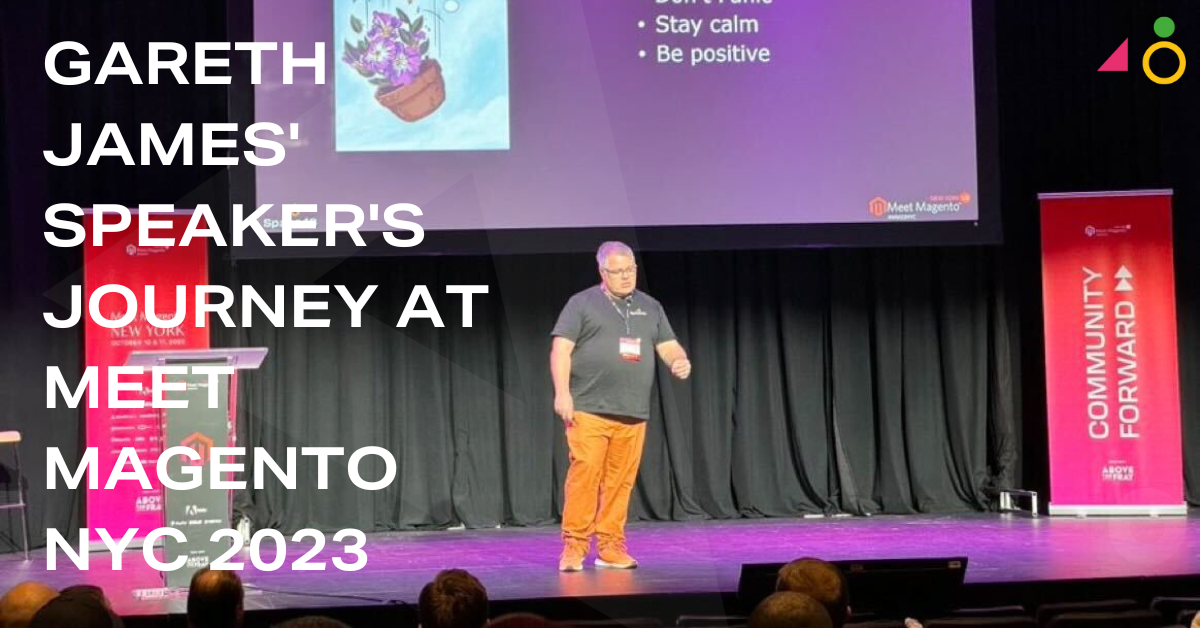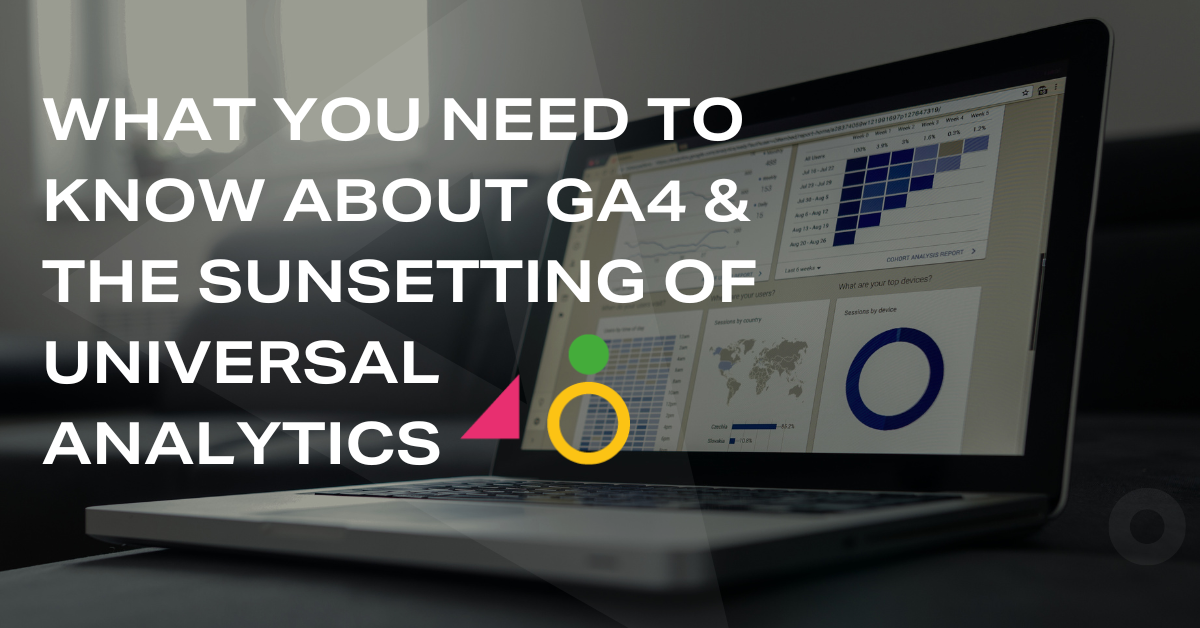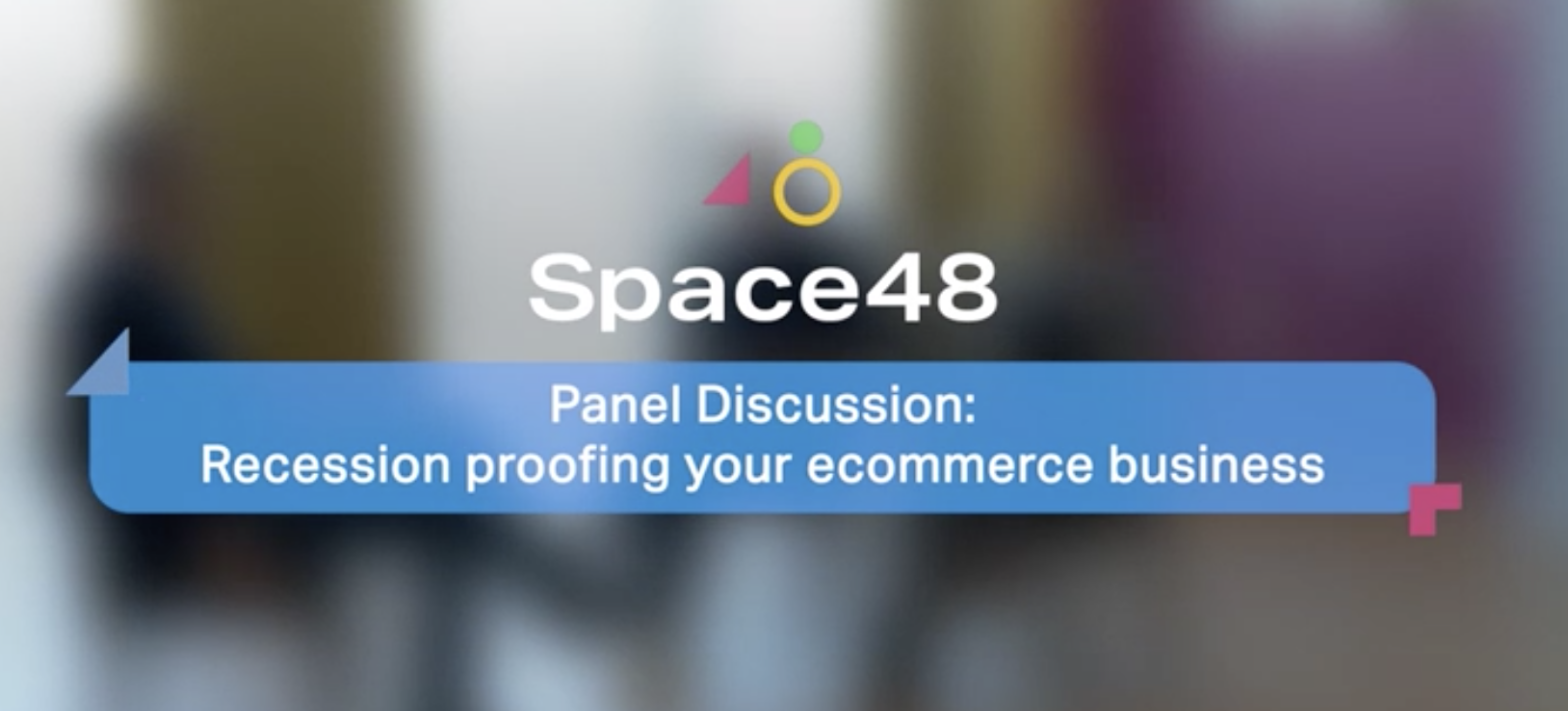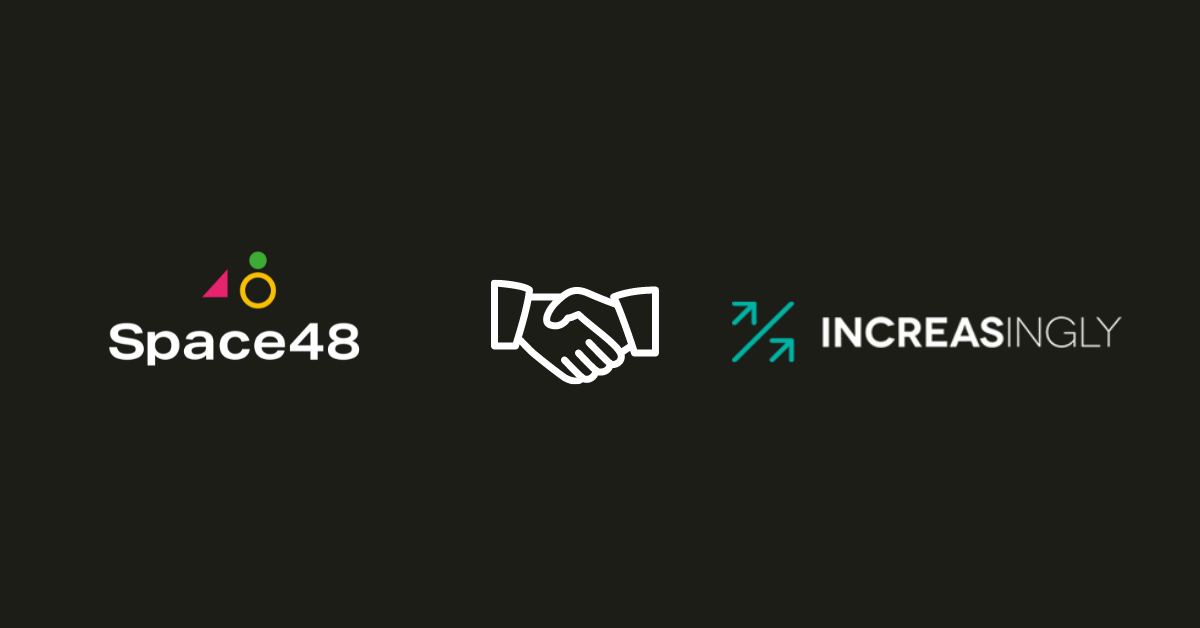
Serving up relevancy with website personalisation
Amazon, Facebook and Google were the ambassadors, and being of such colossal stature they paved the way for the stream of early adopting corporations to follow in their wake.
Website personalisation quickly became the big thing of 2012 and it is still being rolled out among the online community, especially in eCommerce. The visible increases in conversion rates and revenue have shown over the past years to be so remarkable that it has encouraged the further evolution of the technology, becoming accessible to the masses via a variety of plugins and platforms; some are free and others command a hefty price tag.
What is personalisation and how does it work?
Personalisation means that your content is tailored and delivered to the visitor in question, by contextual relevance.
I don’t think that it’s just me who gets that feel good vibe from visiting my favourite shop. The staff recognise you, smile and greet you. They ask if you are looking for anything in particular and then offer to show you some items that are new in stock and a striking new garment in your favourite colour, you have a pleasant trying on and leave with a hand full of beautifully packaged items and a spring in your step.
Website personalisation is a little like that.
Me-tail
As the number of people shopping online and the amount they spend steadily increases, the quality of the shopping experience should not conversely decline, leaving your customers with a one-size-fits-all, low quality experience. In the digital arena of enhanced competition you can offer a highly relevant customer experience based on interests and motivations.
UK online retail sales to reach £52.25bn in 2015 – Source: econsultancy
Using automated algorithmic engines you can dynamically transform your website into your customer’s very own, unique shopping experience – me-tail. It has been proven that visitors will remain on-site for longer, with a higher page view count and more engagement and ultimately result in a higher conversion rate.
56% of consumers say they would be more inclined to use a retailer if it offered a good personalised experience.
Source: 02 – The Rise of Me-tail
Cookies
The information to fuel the learning of algorithms comes from visitor data collected by the cookie left behind on their computer. The cookie gathers particulars such as: an ID information number, the valid domain, expiration date, other tracking information such as login names, pages visited and clicks. They can remember stateful information such as the items in a shopping cart and if the user is logged in. An expiration date can be set on a ‘persistent’ cookie so that information can be collected about a user for a longer duration than a simple ‘session’ cookie (which remembers current, more immediate on-site information) – meaning that you can start collecting, recording and tracking a user’s habits.
Do remember, a customer has to accept your cookie, and in this day and age of privacy and data collection it’s best to be transparent and share the fact that you’re collecting information to make their experience more pleasurable.

Algorithms
Depending on which software you choose, the result is based on the algorithm. What information does their algorithm feed off?
The level of learning and the information that is collected can vary greatly from one to another. Information will typically be centred around collected CRM data and digital analytics. Comprising of ‘known’ and ‘anonymous’ information.
You may not want to rely too heavily on profiling as there is a danger of encountering a ‘locked loop’ if the algorithms are not sophisticated enough. A loop can result from too much learning into one user profile, and rather than seeing them as a whole person who may have other needs, it focuses in on their profile and does not offer any glimmer of escape. So when they return to buy their partner a gift, they are bombarded with recently purchased and similar items, when the item they really want is being hidden by a well-meaning algorithm. You can, however, create highly targeted call to actions based on search terms, geographic or interest-specific segmentations.
Some vendors will offer highly customisable filter sets, some will offer split-testing, others will be closed and only offer you their one-track option. We currently partner with personalisation platforms Nosto, Peerius and SLI and also with their email counterparts; DotMailer and Bronto. These platforms we have integrated multiple times on various projects and we understand and trust their analytics.
Nearly three-fourths (74%) of online consumers get frustrated with websites when content (e.g. offers, ads, promotions) appears that has nothing to do with their interests.
Source: Janrain & Harris Interactive
Which ones do I use and how?
With many technologies out there, you don’t want to pick the wrong one to integrate or choose too many, remember, we are here to make the user journey more pleasant, simple and easy, not to bombard them with options and leave you with a headache to manage.
So it all depends ‘who’ your target audience are, ‘what’ you want your visitors to do next on-site, ‘how’ you want your brand to be portrayed, and ‘where’ in the world OR in the buying funnel they are.
Working with your defined personas, you will need to review the data that you are privy to and decide how to segment this in the most logical manner. Start simple, test and refine your strategies using the engagement statistics and site analytics. Once you have a good personalisation foundation you can, if it suits your site and your customers, increase the complexity of your site’s dynamic customisation.
‘clever personalization helps to retain valuable existing customers and delightfully amaze new ones’ – Source: mojn (http://blog.mojn.com/ecommerce-personalization-stats/)
In the coming weeks we will be visiting some of our favourite personalisation, remarketing and recommendation platforms and discussing the benefits and technical considerations that you may need when picking your personalisation technology partner.
‘…up to 31% of eCommerce site revenues were generated from personalized product recommendations during Q4 2014.’ – Source: Barilliance
Now Live:
Website Personalisation Nosto – A Focus





